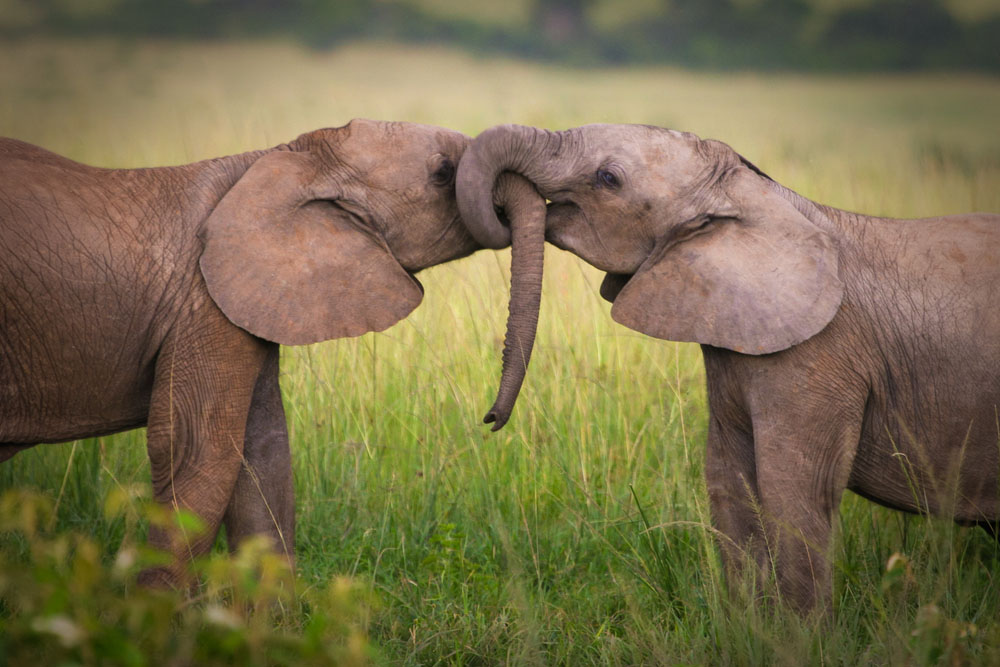The Ngorongoro Conservation Area boasts the world-famous crater at its heart; the Conservation Area extends over a massive 8,300 square kilometres. It is located within a range of volcanic mountains in northern Tanzania, bounded to the east by the Great Rift Valley and to the north and to the west by the Serengeti National Park, and it includes several other extinct volcanoes (even an active one) and habitats that range from grasslands, swamps, lakes and rivers to woodlands, forests and desert-like dunes.
Ngorongoro Crater is the world’s largest inactive volcanic caldera. The crater was formed as a result of a large volcanic eruption over 3 million years ago. It is 2000 feet deep and the Crater floor covers an area of 260 square kilometres.
The name Ngorongoro comes from the Maasai word El-Nkoronkoro, meaning “Gift of Life”.
The Crater is a home to approximately 25,000 large animals that include the African or Cape, Buffalo, Hippo, Elephant, Zebra, Lions, Waterbuck, Grant’s and Thompson’s Gazelle.
The Crater can be visited all year around.
Best time to visit:
May to October – Dry Season – For Game viewing
November to April – Rainy Season – For Game Viewing and scenery

